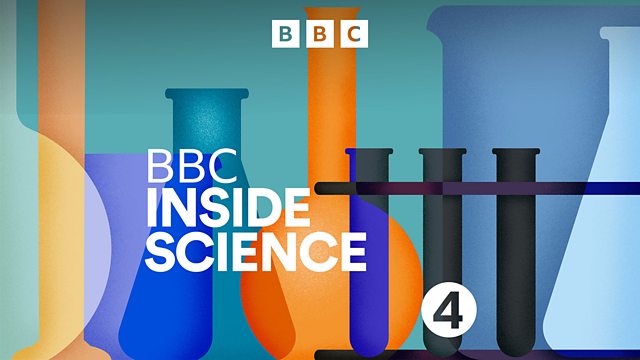Banning lead shot for hunting; UK Fireball Network and Extremely thin gold
Is the voluntary ban on toxic lead shot for hunting going far enough? The UK Fireball Network needs volunteers to track fallen meteorites and the uses for extremely thin gold
We have known for centuries about the toxic properties of lead, and we have known since at least 1876 that birds die of lead poisoning when they eat lead gunshot (which they do, thinking its grit). To address this, in 1999, the use of lead ammunition in England was restricted. These Regulations prohibit the use of lead ammunition in certain habitat (predominately wetlands) and for the shooting of all ducks and geese, coot and moorhen. However compliance with these Regulations is low. And what about other animals (game birds and game animals) hunted with lead ammunition? It鈥檚 only been since 2008 that it鈥檚 been demonstrated that that animals shot with lead were a risk to the health of people who ate them. Tiny particles of the toxic metal remain in the meat and are consumed. Children are especially vulnerable to lead toxicity, which causes problems with brain development. Leading Cambridge conservation scientist Professor Debbie Pain, has been studying lead in the environment for her entire career. So it鈥檚 good news to her that, 8 of the main UK shooting organisations have voluntarily agreed to ban lead shot for all live quarry by 2025. But is a voluntary ban is enough? And what are the Department of Food and Rural Affairs (DEFRA) doing to monitor and manage the problem?
It can be a real treat to watch a meteor shower in the night sky and you can consider yourself lucky if you get to witness a fireball streaking through the atmosphere. But what the scientists in the Global Fireball Observatory really want is to find these fist-sized extra-terrestrial meteoroids where they land on Earth. One of the Fireball UK Network鈥檚 leaders, Luke Daly at the University of Glasgow, explains how, if we know where in the Solar system these rocks came from and we can analyse their make-up, we can learn a lot about how our Solar System was made. However surprising few of the 5000 tonnes of meteorites that land on our planet every year are retrieved. Most are sand-sized grains and many fall in the sea. But even tracking down these precious rocks on land is extremely difficult. So the Network has a suite of cameras watching the sky, and together with some clever number-crunching algorithms, they can track these events and narrow down where to search. But they still need the good citizens of Britain to help find them. If you want to get involved (and this is a good one for schools to take part in) email UKFM@Imperial.ac.uk or follow @fireballsUK on Twitter.
We are fast learning that elements at the nanoscale have vastly different properties than they do in the form we can observe them. It鈥檚 proving to be a rich field for changing the properties of materials, and inventing new substances that might be of use in medicines, in electronics, and much more. Inside Science鈥檚 Maddie Finlay went to meet Stephen Evans from the University of Leeds, where they have been tinkering with a substance that definitely doesn鈥檛 glister even though it鈥檚 gold.
Producer: Fiona Roberts
Last on
![]()
大象传媒 Inside Science is produced in partnership with The Open University.
Broadcasts
- Thu 5 Mar 2020 16:30大象传媒 Radio 4
- Thu 5 Mar 2020 21:00大象传媒 Radio 4
Explore further with The Open University
Discover more fascinating science content with The Open University
Podcast
-
![]()
大象传媒 Inside Science
A weekly programme looking at the science that's changing our world.



